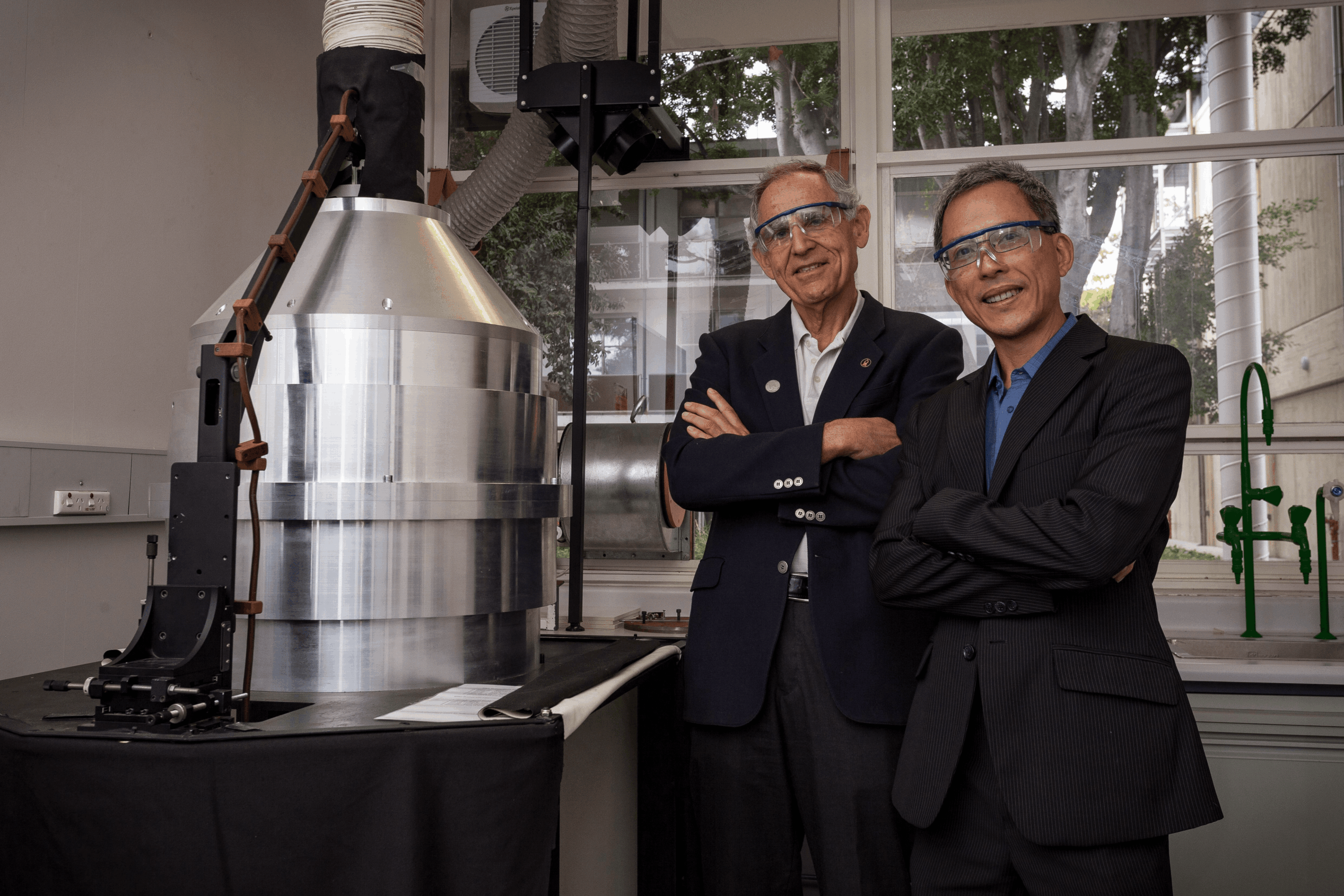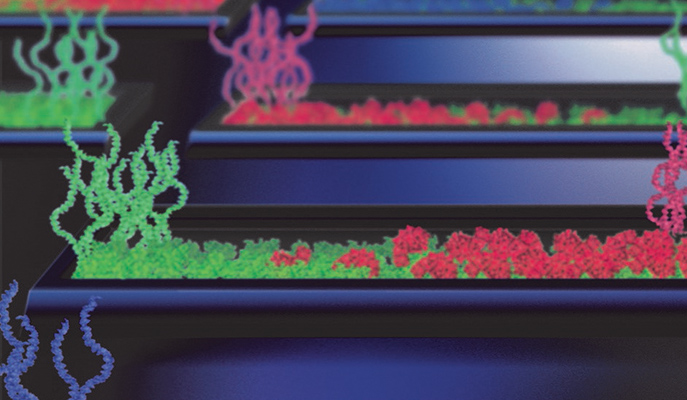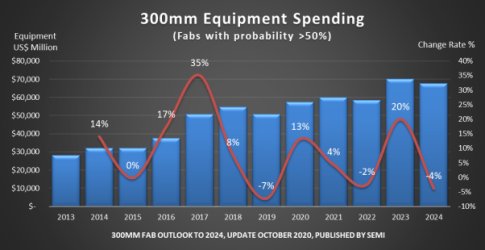
In collaboration with their colleagues at the University of Western Australia UWA, a group of researchers from Ben-Gurion University, led by Prof. Jeffrey Gordon, succeeded in producing significant amounts of spherical hollow structures in the nano-onion configuration in the form of boron-nitride (BN).
The US space agency NASA is showing interest in nano-onion-shaped lubricants, developed by researchers at the Blaustein Institute for Desert Research, and is examining examples of these structures with the intention of using them in satellite experiments. In collaboration with their colleagues at the University of Western Australia UWA, a group of researchers from Ben-Gurion University, led by Prof. Jeffrey Gordon, succeeded in producing significant amounts of spherical hollow structures in the nano-onion configuration in the form of boron-nitride (BN).
The nanometer size of the particles, less than a thousandth the diameter of its hair, together with the hollow crystalline structure and chemical properties of BN, make them lubricants with exceptional properties for applications at high temperature and pressure conditions.
The production of significant quantities of these materials was a dream until researchers from the Swiss Institute for the Study of Energy and the Environment of Arid Areas went into action. Prof. Gordon from the Department of Solar Energy and Environmental Physics named after the Yersin Institute at the Swiss Institute, and Prof. Hui Tong Chua from the Department of Chemical Engineering at UWA were able to produce significant amounts of “nano-onion” BN in a fast and safe single-step process; A process that does not involve toxic substances and can be used to produce large quantities of the substance.
An initial patent application has been filed these days, and at the same time an agreement has been signed with Innovyz Advanced Materials and Manufacturing Pty Ltd from Adelaide, Australia, which gives its subsidiary, Ablano, rights to purchase the patent.
An article on the development was published last year in the journal Nano Research.
[custom-twitter-feeds feed=2]





